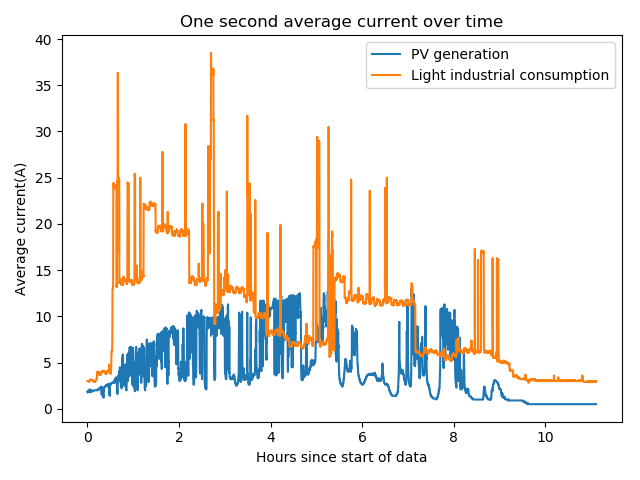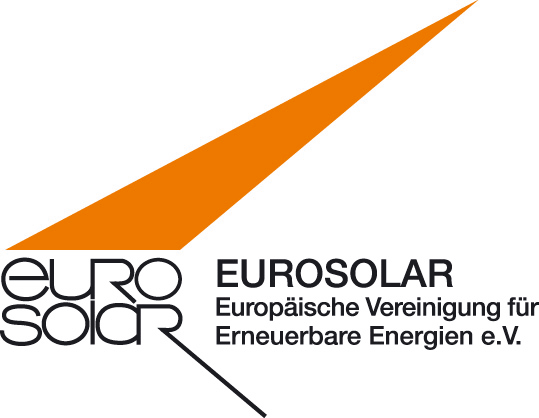
Article by Dr David Mutch & Anthony Price
A Local Energy Market (LEM) is an intuitively simple idea. A consumer is using energy; their neighbour’s solar panel is generating surplus. Instead of selling this surplus to a supplier, who then sells it back to their neighbour, the generator sells direct to their neighbour. The generator gets a better price, incentivising renewable generation and benefitting the environment, their neighbour gets cheaper energy, and the varying price of electricity encourages energy generation and consumption at times of day that benefit the distribution network.
By Dr. Diana Böttger et al.
In this article we analyze three different scenarios for a complete defossilization of the German energy supply system. The focus is hereby on flexible technologies and synthetic fuels in the year 2050. These technologies are necessary to balance supply and demand in a system based on weather-dependent renewable energy sources. The power sector is able to cover a considerable share of the energy demand in the heat and transport sector. This is made possible by flexible sector coupling technologies such as heat pumps and electric mobility. All considered models manage to find solutions for a deep defossilization if flexibility and storage options are available.
Special times require special measures. As organizers of the annual IRES conference, we were obliged to think of a new concept to keep all our participants safe and sound while creating a space for scientific exchange and discussion. Therefore, for the first time in its history, the traditional International Renewable Energy Storage Conference (IRES) took place online as a web summit. Nearly 50 scientists from all over the world presented their latest research results on the storage of renewable energies. This event also marked EUROSOLARs preparations for its next twin conference: the IRES 2021 in partnership with Energy Storage Europe at Messe Düsseldorf, 16-18 March 2021.

